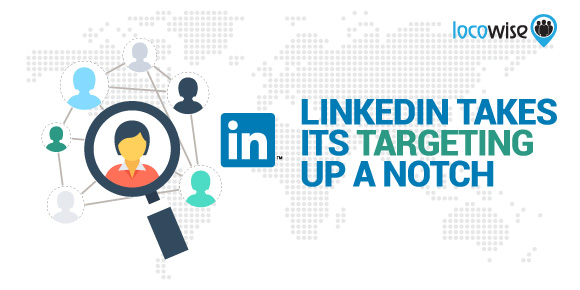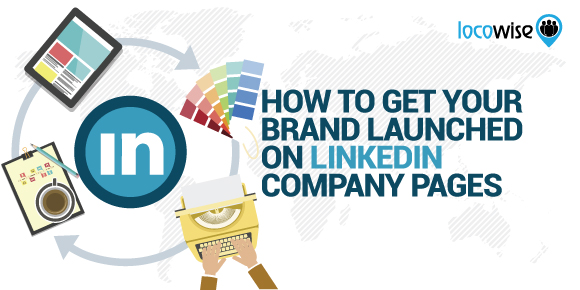If there’s one social media platform that focuses solely on business-to-business interactions, it’s LinkedIn. This platform has always been clear about being the go-to place for professionals on social media. It’s worth noting that LinkedIn’s strong commitment to this idea has helped it thrive for many years. While it began mainly as a space for professionals to connect, it has evolved into a platform that builds business relationships. Additionally, it has grown into a significant advertising platform as well.
So anyway, now LinkedIn is diving deeper into advertising. This is a bold shift because, when you think about the original spirit of LinkedIn, it’s turning into a more commercial platform. While LinkedIn used to strongly discourage any selling for a long time, it has now become common practice.

Anyway, let’s take a look at the ad improvements.
Essentially, LinkedIn is saying that it is now looking to deliver even more advanced targeting tools with ads, so if you use ads on the platform, you will now be able to find prospects and engage with the right prospects in a more meaningful level.
LinkedIn puts it like this:
Planning and forecasting is crucial to the success of any campaign. After all, the more you know about the types of audiences you’re trying to reach and what resonates with them, the better your campaign will perform.
One key change comes in the platform’s Campaign Manager dashboard. The new approach means that a user can see the rundown on the target audience from the dashboard. This obviously makes it more efficient and just adds that extra bit of control and oversight that a good campaign requires.
The real stuff
All credit to LinkedIn, as it has really made an effort to add value for marketers and teams. The demographic reporting is now to go even deeper, adding more information on demographics, so that reporting is just easier and more comprehensive.
LinkedIn has had a little flak for allowing certain levels of demographic reporting to only be available at certain account levels. While this kind of makes sense on an investment by user point of view, it was still a little prohibitive at times. Now, everything seems more open and hard data of a strong degree seems to be available to all.
LinkedIn has also brought in ‘Boolean’ targeting. This simply allows for more sophisticated targeting of ad campaigns. The way LinkedIn describes it came in a recent blog post by it’s Director of Product Management:
“For example, let’s say you wanted to target people using director seniority and the finance job function. Previously, within a campaign, you could only do so by targeting directors in finance roles. Now, with Boolean targeting, you can use a single campaign to reach people who are directors at any job function, as well as people in finance roles of any seniority. This gives you greater flexibility to determine the kinds of professionals who see your ads.”
The Boolean logic thing means that users setting up ad campaigns and targeting can use more complex search strings. Using ‘and/or’ will bring in more prospects that would not necessarily be included in previous targeting searches. It’s actually pretty nifty as an idea, and when you consider that it will automatically bring in more targeted prospects, it can’t be a bad thing.
Essentially, LinkedIn is adding to the usability of its campaign dashboard, as well as making it possible to search on a more sophisticated level with targeting. All in all, this adds more value to the user.
Content?
Using tools such as these should allow users to create content that is optimised for the right audiences. So that means that marketers can now not only get more of a return on their ads, but also that they will be able to create content that is fine-tuned to the right people. It’s a real step forward, and will bring value on both those levels.
